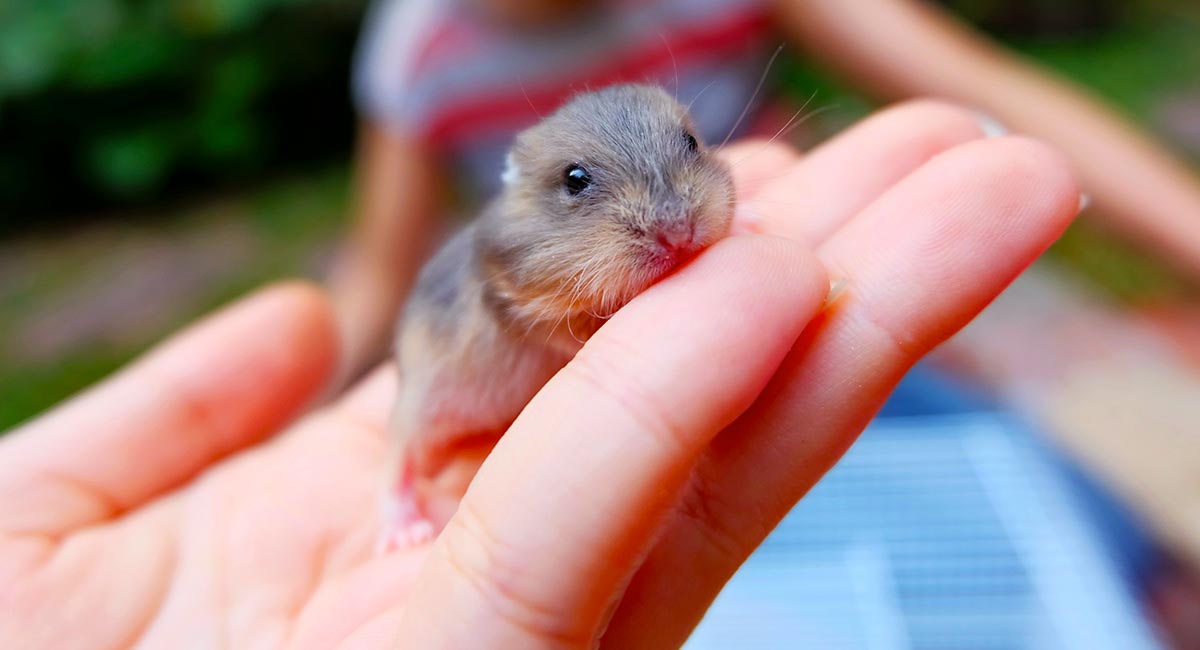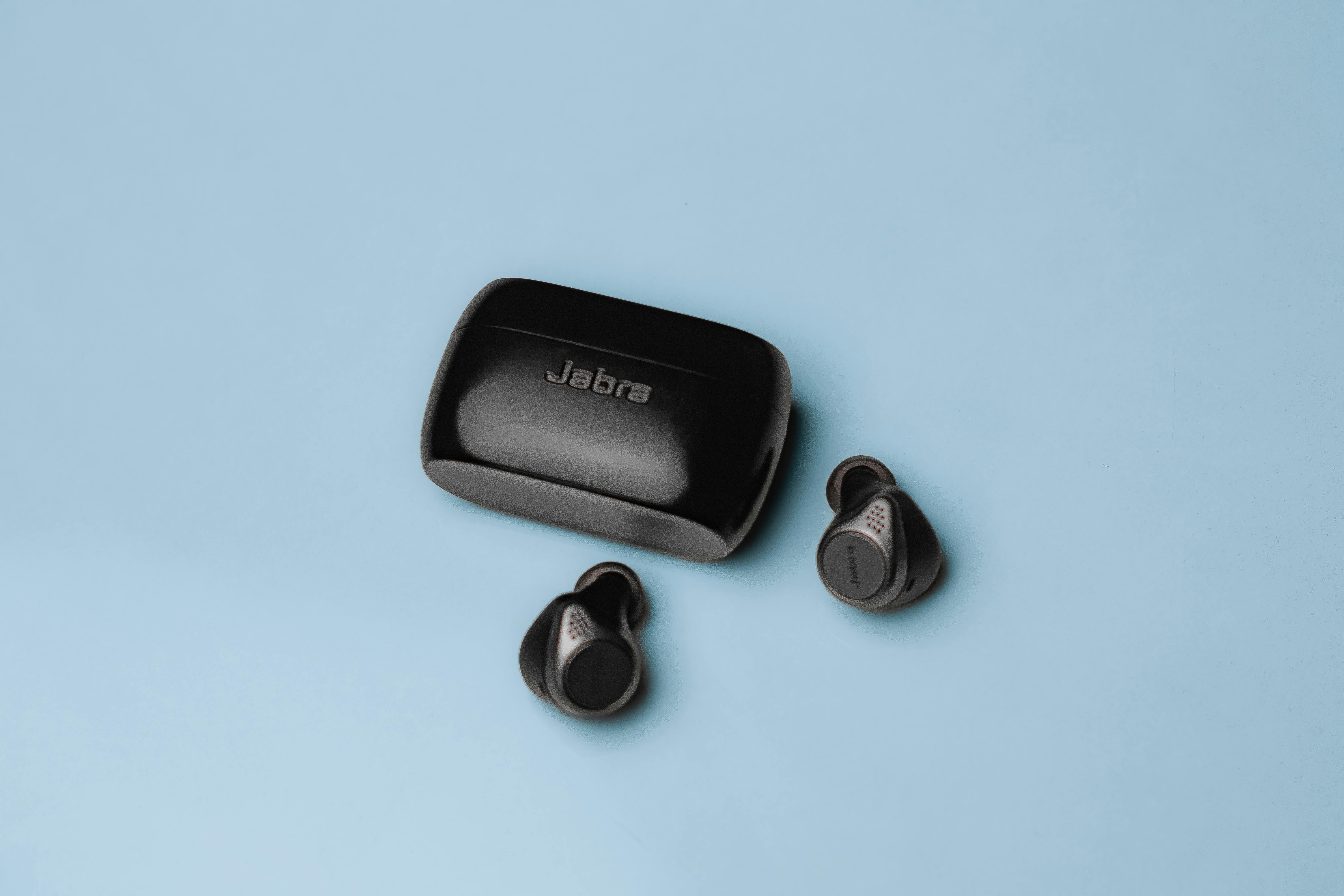Top 5 Isopod Options for Modern Hobbyists in 2025
As an increasing number of enthusiasts embrace the fascinating world of isopods, the demand for these unique crustaceans rises. Known for their diverse species and interesting behaviors, isopods can serve various roles in aquariums, terrariums, and even as pets. With advancements in breeding techniques and a growing online marketplace, accessing live isopods has never been easier. In this article, we will explore the top five isopod options available for hobbyists in 2025, focusing on their care guidelines, habitat needs, and the benefits they provide to both ecosystems and aquarists.
Whether you are a novice just starting on your isopod journey or an experienced keeper looking to expand your collection, knowing which species and care instructions matter most can help you make informed selections. Get ready to discover not just what isopod species are ideal, but also where to find them and how to ensure their health in your setups!
Essential Guide to Isopod Species for Hobbyists
Building on the fundamentals of aquarium care, it's crucial to understand which isopod species suit your needs. Each type offers unique characteristics and suitability for various environments. Here’s a look at some of the best isopod species that hobbyists can consider:
1. Armadillidium vulgare
Commonly known as the common pillbug or roly-poly, this species is favored in both freshwater and terrestrial environments. They are known for their ability to roll into a ball when threatened, making them a delightful addition to a hobbyist's collection. Ideal for beginners, they thrive in standard terrarium conditions and can easily be found online, making them a popular choice among new isopod keepers.
As for care requirements, they need a substrate with good moisture levels and a diet rich in decaying plant matter. Regular maintenance includes habitat checks to ensure moisture levels are appropriate.
2. Porcellio scaber
This isopod species, also known as the rough pillbug, is recognized for its durability and adaptability. They can handle varying environmental conditions, making them suitable for community tanks containing other hardy species. Their capacity to thrive in both terrestrial and aquatic environments gives them an edge over many other types.
When caring for Porcellio scaber, ensure that their environment is enriched with organic materials for feeding. They also require a slightly acidic pH and consistent moisture levels to promote healthy breeding and growth.
3. Cubaris murina
Known for their captivating colors and patterns, Cubaris murina is a sought-after species among collectors. Their vibrant appearance and distinct behavior make them an interesting choice for display. Cubaris murina thrives in tropical conditions and prefers a well-ventilated habitat with ample hiding spaces.
To successfully maintain this species, provide a diet of high-quality leaves and vegetable matter. Monitoring humidity and temperature is critical in sustaining their health and ensuring they thrive.
4. Eluma vergata
Featuring distinctive markings, the Eluma vergata is another excellent option for modern hobbyists. This species is recognized for its resilience and compatibility with various tank mates. While they may not be as commonly found as the previous species, they can be sourced from specialized online isopod stores.
For ideal care, the Eluma vergata requires a mixture of organic substrate, moisture, and occasional feeding of fresh fruits or vegetables. Their ability to interact positively with other species makes them suitable for biodiverse setups.
5. Isopoda spp.
This broad classification includes many varieties of isopods found in different habitats around the world. Each species under this category varies in size, behavior, and environmental needs. Hobbyists can have fun exploring the diversity within this group to identify species that fit their specific aquarium ecosystems.
As for care, it’s essential to research each type under this category for detailed habitat requirements. Regular feeding schedules and monitoring their environment based on species specifics are key to their success.
Understanding Isopod Care and Habitat Requirements
With these fascinating isopod species introduced, it’s time to delve deeper into their care and habitat requirements. Proper setup and maintenance ensure that these creatures lead healthy lives, thriving in captivity. This naturally leads us to the vital aspects of isopod habitat creation.
Creating the Perfect Isopod Habitat
Creating an inviting and suitable habitat for your isopods starts with selecting the right tank. Depending on the species chosen, the size and type of tank will vary. However, key considerations should remain consistent across all setups.
One critical component is the substrate. A substrate rich in organic matter promotes natural behaviors and provides hiding spots for your isopods. For terrestrial isopods, a combination of soil, leaf litter, and decomposing materials works best.
Isopod Feeding Essentials
Understanding the dietary needs of your chosen isopods is crucial for their health. A balanced diet includes a mix of organic detritus, fresh vegetables, and specialized isopod food available through online stores. Ensuring a steady supply of nutrients will support their growth and breeding habits.
It's also important to monitor their feeding schedule, adjusting as necessary to ensure minimal waste build-up in the tank. Regularly cleaning uneaten food will enhance water quality, promoting better health among your isopod colony.
Implementing Isopod Maintenance Strategies
Establishing a routine for isopod maintenance is essential for long-term success. Regular checks on humidity levels, temperature, and substrate quality should be performed. It's also important to carry out full habitat cleaning periodically to remove any waste and ensure a healthy living environment.
Building a community of isopods can be enjoyable, but only if their environment is correctly maintained. This necessitates an understanding of their specific behavior traits.
Exploring Isopod Breeding Techniques
With a solid foundation in habitat and care, hobbyists may want to explore breeding their isopod species to develop a sustainable colony. Building on the knowledge of their maintenance, breeding can be a fun and rewarding part of isopod keeping.
Isopod Breeding Methods
To successfully breed isopods, it’s essential to create a conducive environment where they feel secure enough to breed. Providing plenty of food, moisture, and shelter enhances the likelihood of successful reproduction. For species that breed easily, like Armadillidium vulgare, observe their egg-laying timelines and ensure that they have a stable environment during this period.
Keep in mind that some isopod species have specific breeding techniques, requiring specific habitat conditions. Research on those specific needs will yield the best results.
Monitoring Isopod Health
Maintaining isopod health is crucial during the breeding season. Regular health checks involving observation of behavior, active feeding, and physical conditions will help in identifying potential issues early on. Should any health concerns arise, adjusting their habitat or nutrition can resolve many common ailments.
Keeping records of any health changes or breeding events is beneficial for future reference and planning within your isopod care practices.
Where to Buy Isopods Online
One of the fundamental aspects of starting an isopod collection is sourcing these interesting creatures. With the rise of online isopod stores, hobbyists can find a variety of species at different price points. From live isopods to specialized supplies, finding the right vendor is now easier than ever.
Choosing Reliable Online Stores
Ensuring reliability when purchasing isopods online includes checking for reviews and customer feedback. Purchasing from established sellers guarantees that you receive healthy specimens well suited to your environmental needs.
Comparing Isopod Prices and Availability
Isopod prices can vary based on species rarity and vendor reliability. It’s beneficial to compare prices across platforms to ensure you get a good deal. Availability also plays a vital role, as certain species may be limited to specific times of the year.
Timing Your Purchase
Seasonal factors can impact the availability and health of isopods. Planning purchases during peak breeding seasons can yield healthier isopods that adapt better to new environments. Understanding isopod breeding calendars can help hobbyists time their purchases effectively.
Q&A About Isopod Care and Selection
In the ever-growing realm of isopod keeping, many hobbyists will have questions. Here, we tackle some common queries to enhance understanding and ensure success in isopod care.
What do I need to prepare before buying isopods?
Creating a suitable habitat with the right substrate, moisture levels, and hiding spots is crucial. Make sure you have all necessary supplies ready before introducing isopods to your setup.
Can I keep different isopod species together?
While some species can coexist, it’s essential to research compatibility. Generally, species with similar environmental needs can make good tank mates.
How can I keep my isopods healthy?
Regular maintenance including habitat cleaning, proper feeding schedules, and monitoring health indicators help ensure your isopods remain in optimal condition.
What is the average lifespan of isopods?
Lifespans can vary based on species and environmental conditions, but many isopods live for 2 to 5 years under proper care.
Where can I find educational resources on isopod keeping?
Numerous online forums, articles, and dedicated isopod communities provide valuable insights and educational material for both novice and experienced hobbyists.


